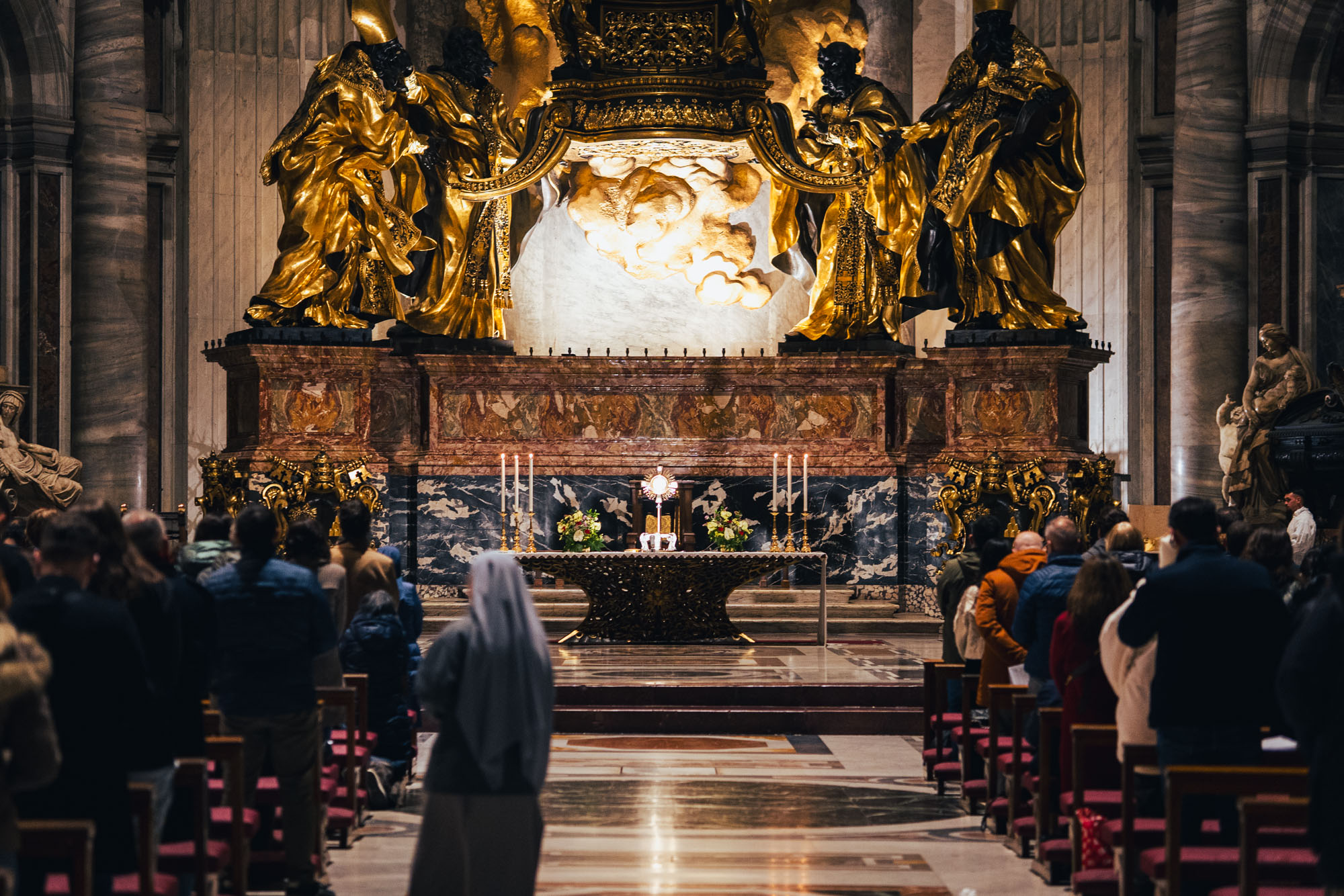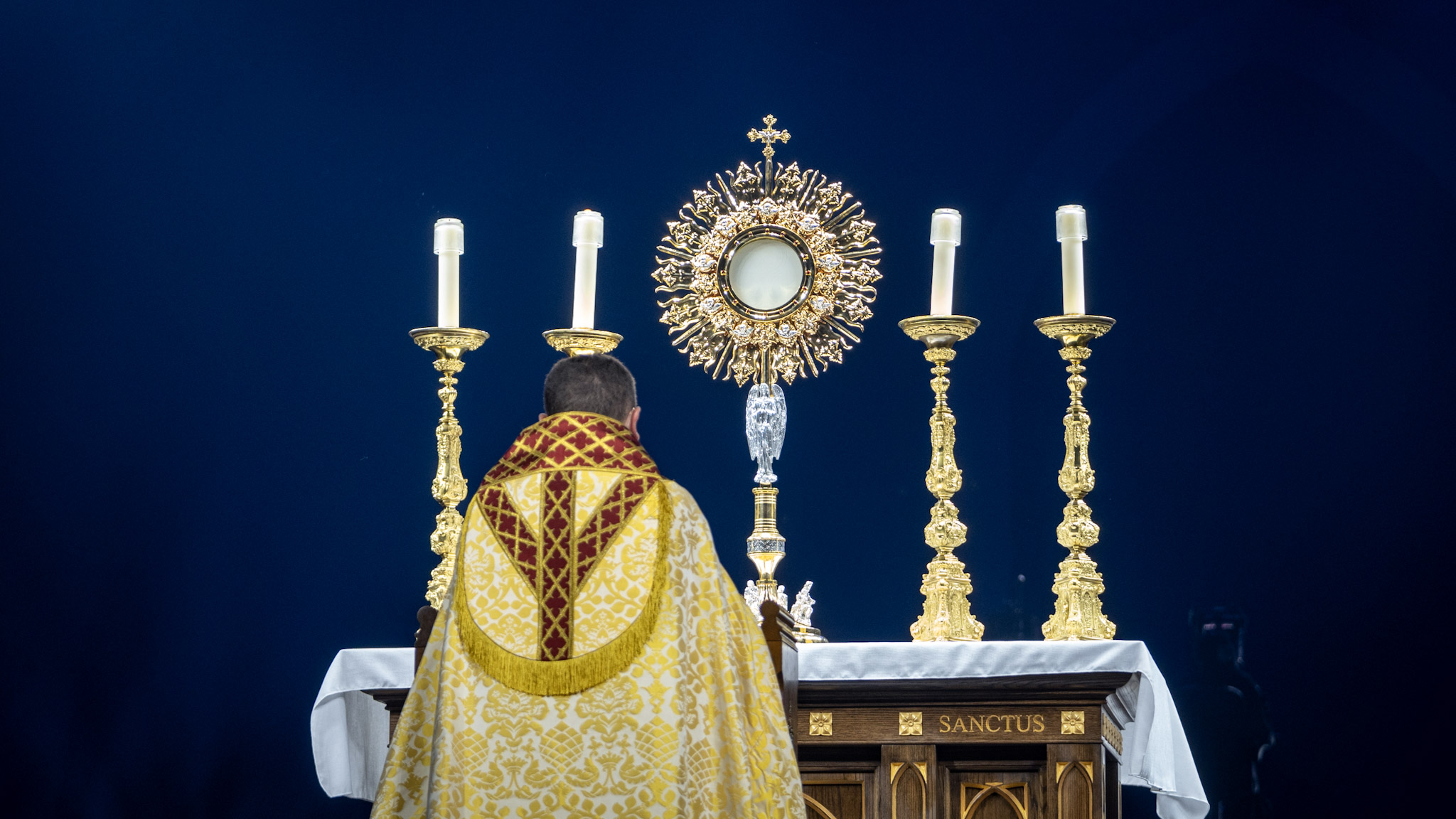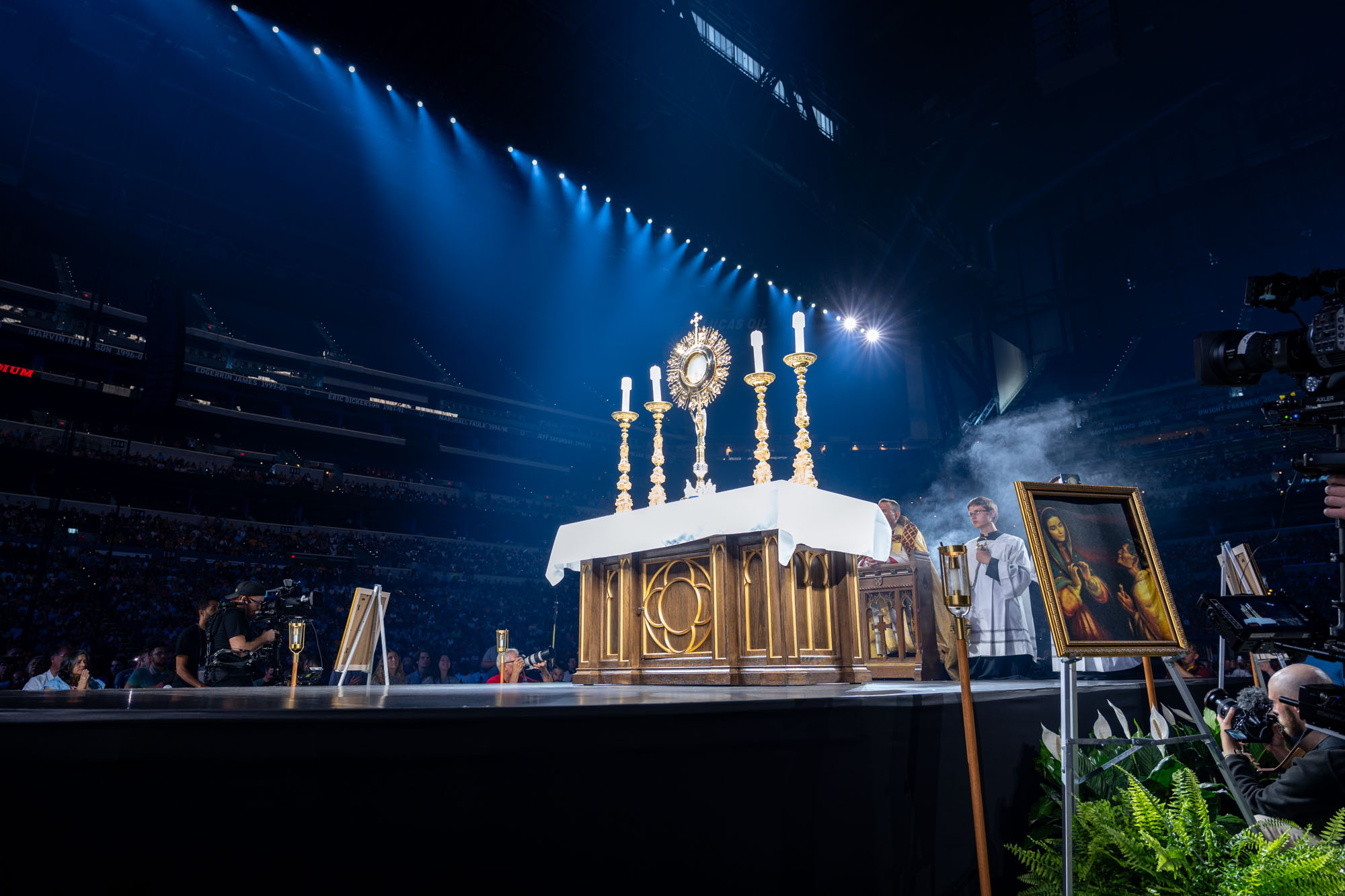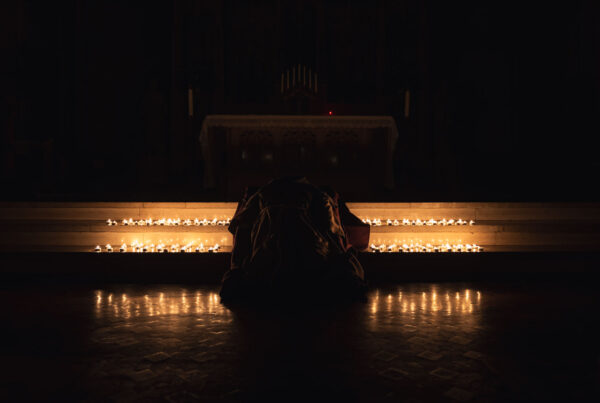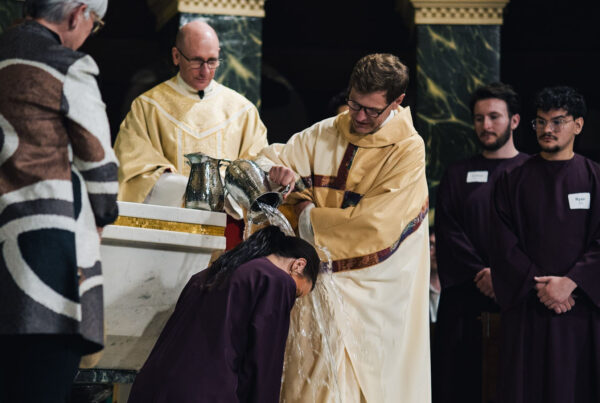The Feast of the Chair of Saint Peter, celebrated on February 22nd, is a liturgical observance that holds deep significance for the Catholic Church. It’s not a celebration of a physical chair, but rather a symbolic commemoration of the authority and teaching office of the Pope, as the successor of Saint Peter.
A Symbolic Seat of Authority
The “chair” (Latin: cathedra) represents the teaching authority of a bishop. In the early Church, bishops would preside over their congregations from a designated chair, signifying their role as teachers and shepherds. The Chair of Saint Peter, therefore, symbolizes the unique position of the Bishop of Rome as the successor of Peter, to whom Jesus Christ entrusted the keys of the Kingdom of Heaven.
According to the Gospel of Matthew (16:18-19), Jesus said to Peter:
“And I tell you, you are Peter, and on this rock I will build my church, and the gates of hell shall not prevail against it. I will give you the keys of the kingdom of heaven, andwhatever you bind on earth shall be bound in heaven, and whatever you loose on earth shall be loosed in heaven.”
This passage is central to the Catholic understanding of papal primacy. The feast day celebrates the continuity of this Petrine ministry through the centuries, represented by the unbroken line of Popes.
Would you like to stay close to the Holy Eucharist all day long?
Now you can, I have 8 Holy Eucharist Wallpapers for you, so you can stay connected with Jesus Christ anywhere you are!
Historical Roots and Evolution
The feast’s origins can be traced back to the 4th century, with two distinct celebrations: one in Rome and another in Antioch, where Peter also held a bishopric. These separate celebrations eventually merged into a single feast commemorating the universal authority of Peter’s successors.
The feast has undergone some changes in the liturgical calendar over time. For a period, there were two seperate feasts, one for Rome, and one for Antioch. The current single feast day emphasizes the unity of the Church under the leadership of the Pope.
Beyond a Physical Object
While a physical chair, the “Cathedra Petri,” is enshrined in St. Peter’s Basilica in Vatican City (check out top 7 Churches in Rome), the feast’s focus is not on the relic itself. The elaborate bronze sculpture by Bernini that houses the chair serves as a visual reminder of the spiritual authority it represents.
The Feast of the Chair of Saint Peter is a call to:
- Reflect on the role of the Pope: It encourages Catholics to consider the significance of the Pope’s ministry as the visible head of the Church.
- Pray for the Pope: It is a time to offer prayers for the Pope’s guidance, strength, and wisdom in his leadership.
- Embrace unity: It underscores the importance of unity within the Church, centered on the successor of Peter.
- Acknowledge the authority of scripture and tradition: The feast reinforces the importance of the teachings passed down through the Apostolic succession.
A Timeless Message
In a world often marked by division and uncertainty, the Feast of the Chair of Saint Peter serves as a powerful reminder of the enduring foundation of the Catholic Church. It celebrates the continuity of faith and the unifying role of the Pope, the successor of Saint Peter, as the rock upon which the Church is built.

